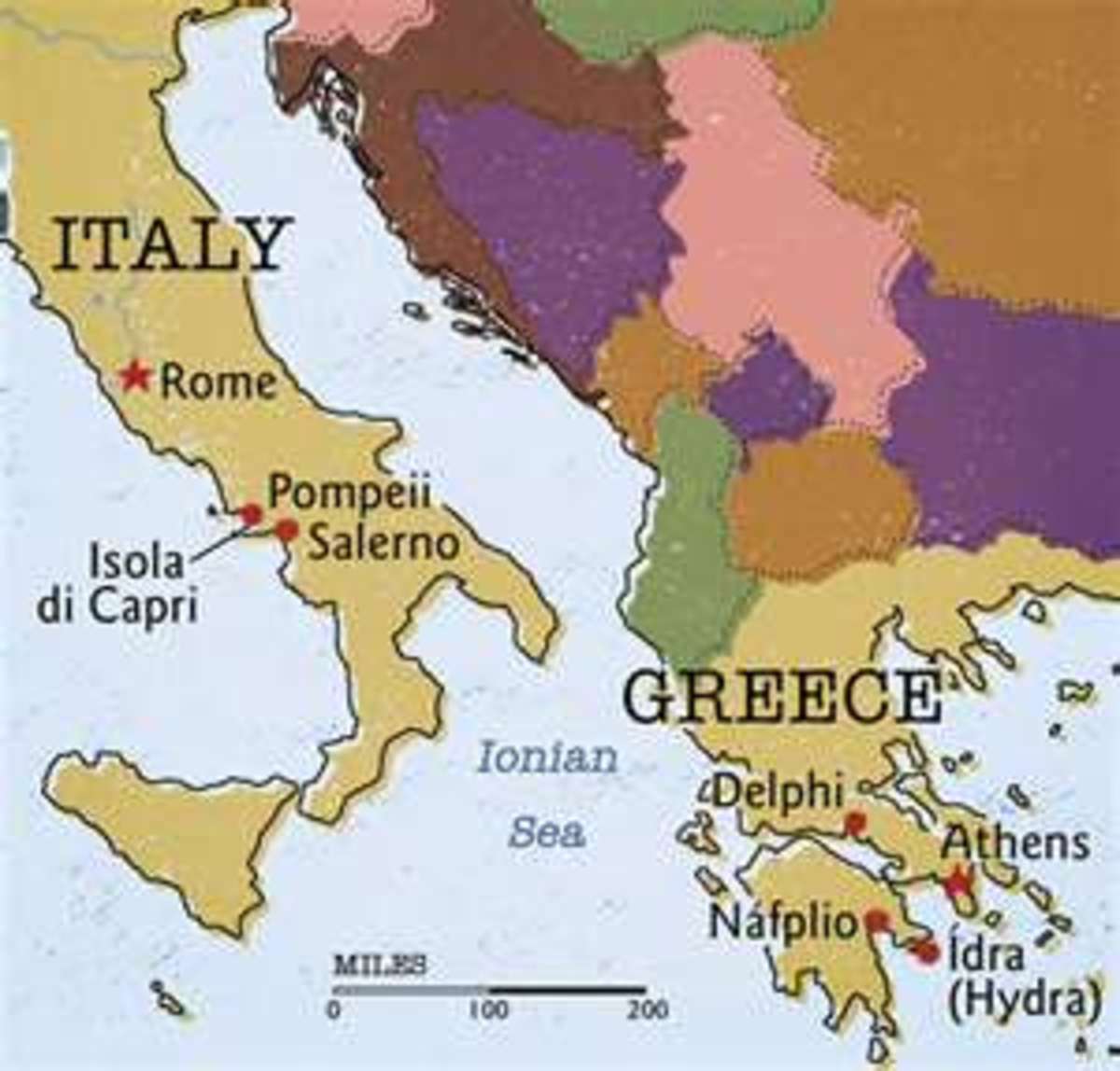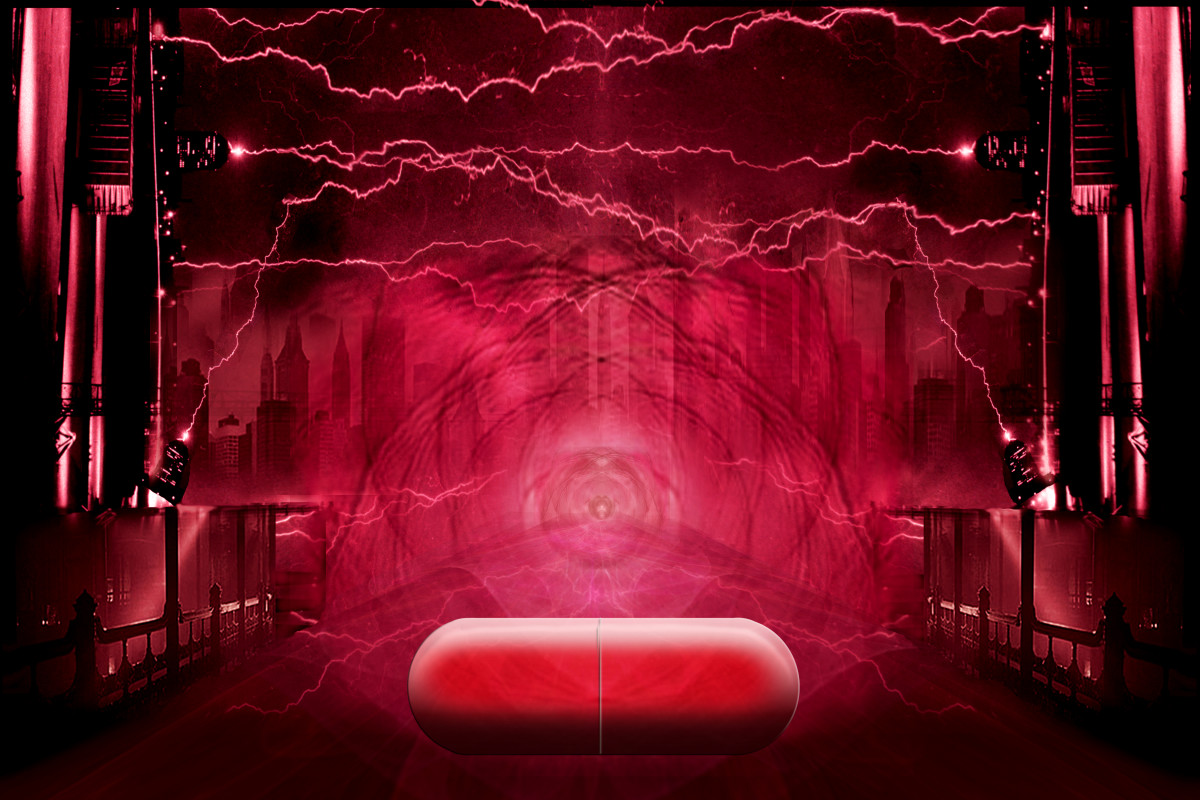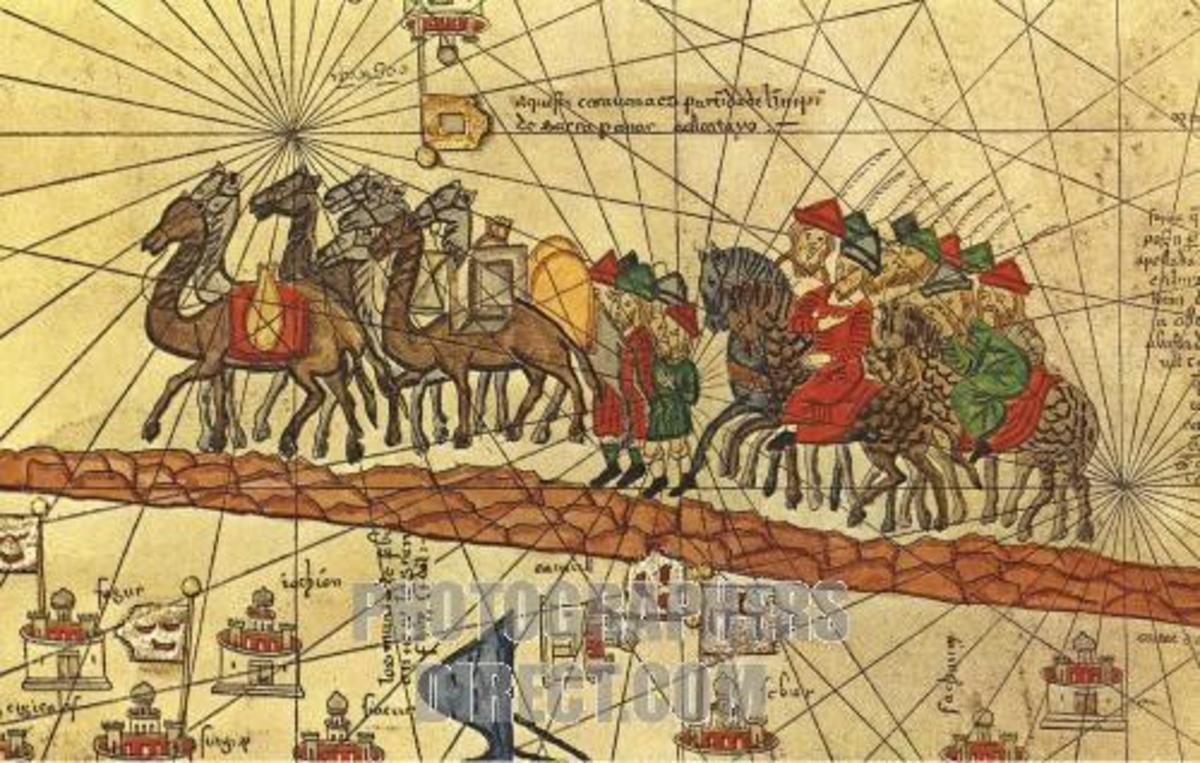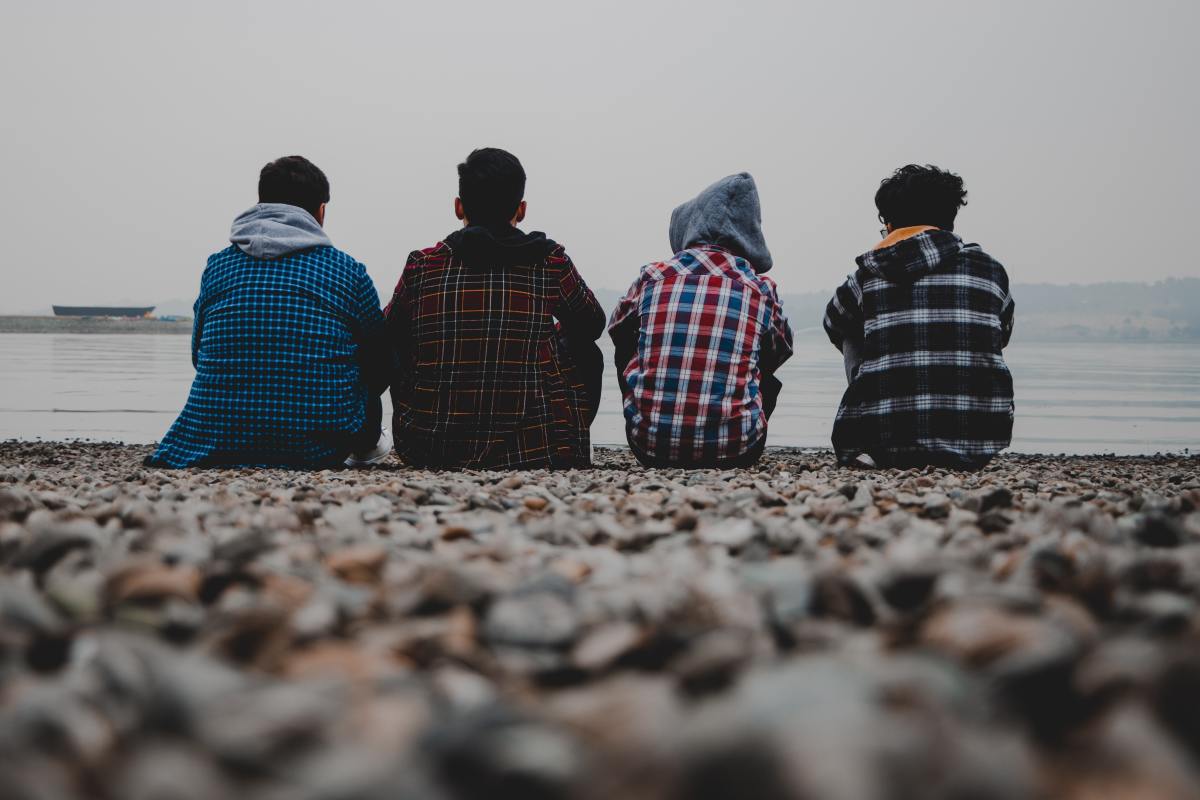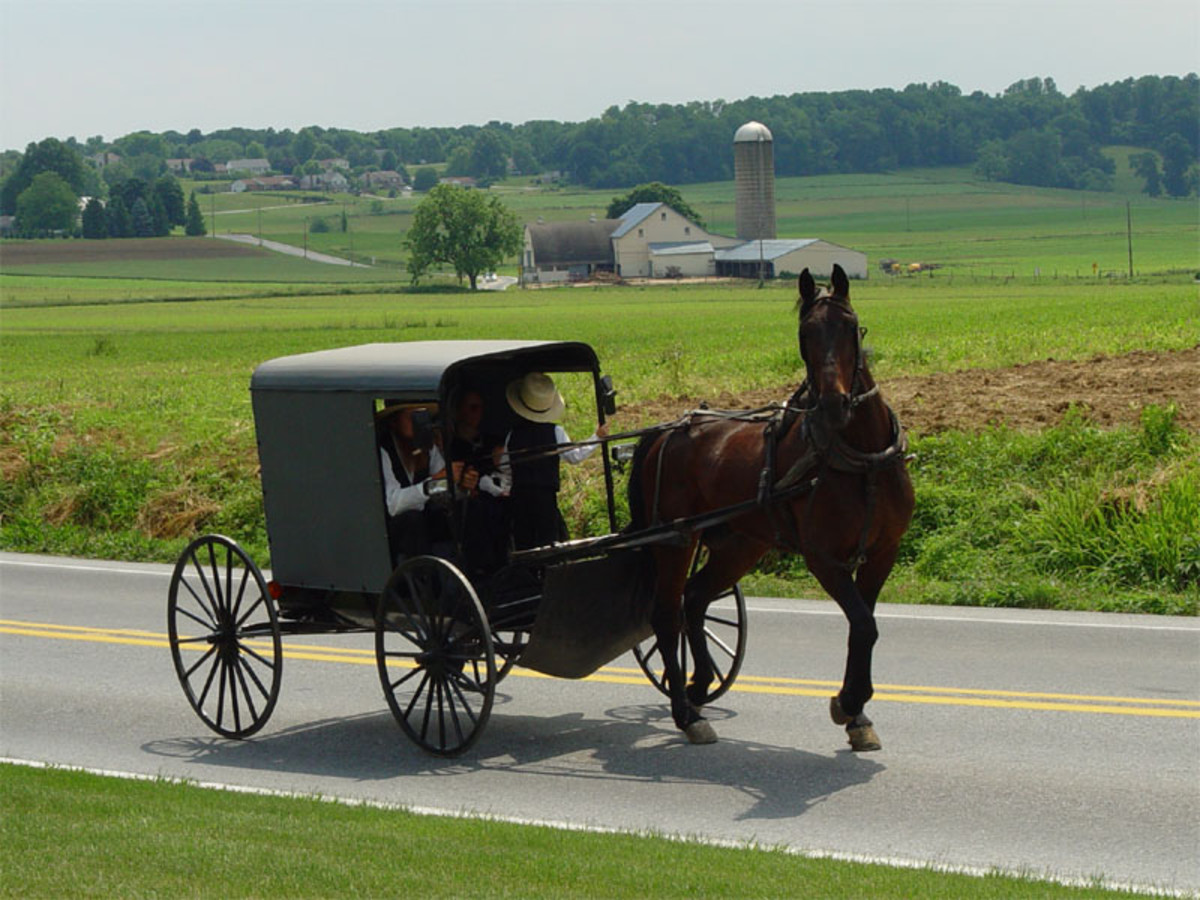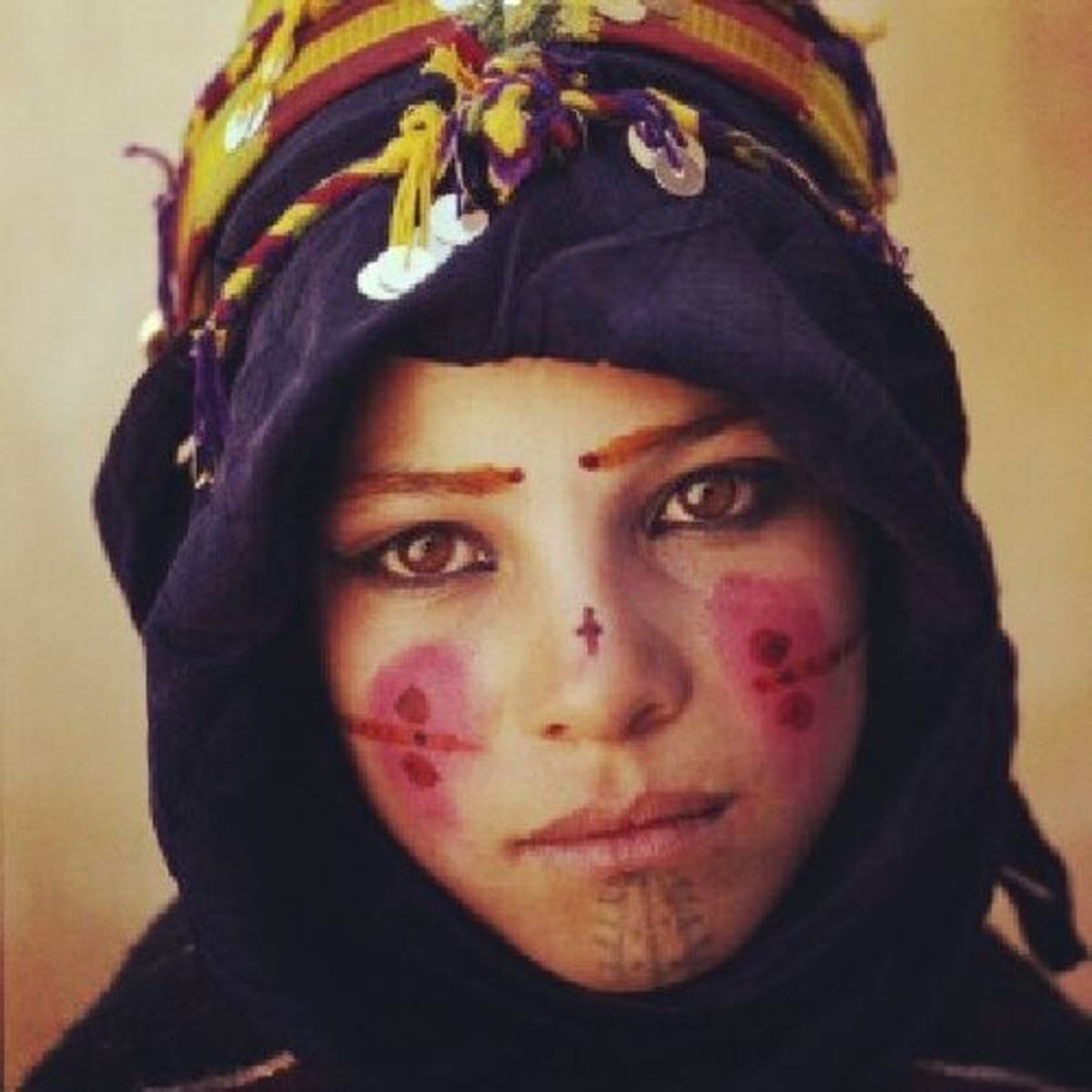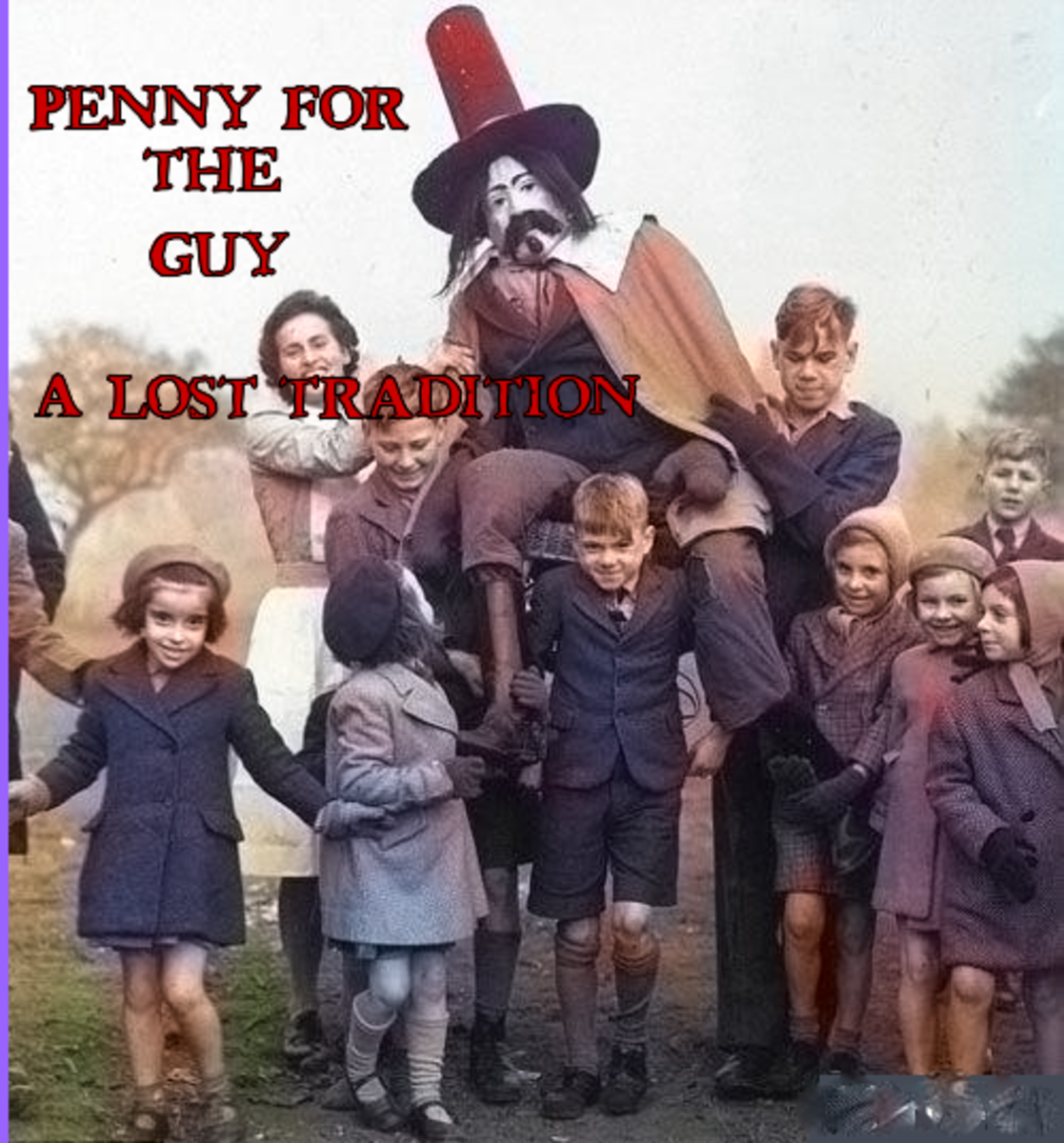Gangs & Their Influence on Juveniles
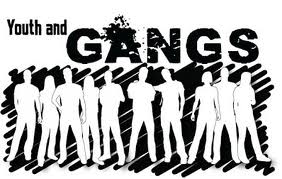
What's the Attraction?
by Amber Maccione
Juvenile Gangs
Gangs first began in the United States through the immigration of different European ethnicities immigrated here – Irish, Jewish, and Italian. From there, youth gangs emerged through friendships that began in the young ages of playing and school. They mostly grew to protect their neighborhoods as their turf and prevent other gangs from taking over. Eventually, the gangs became more organized with a purpose that was political and based on bettering the community. But in the last 40 years, gangs changed into more violent and drug based (Bartollas 2011 p. 288-292).
The significance of juveniles within the gangs is that it attributes to the rise of juvenile delinquencies. Curry, Decker, and Egley stated that those involved or associated with gangs commit and are more prone to delinquent acts than those who are not involved (Curry 2002 p. 3). They go on to state that those in a gang are 2 times more likely to have a firearm, 3 times more likely to sell drugs, and 4 times more likely to be victimized (Curry 2002 p. 3, 9).
Most gangs try to recruit young ones to be runners, lookouts, or to do the dirty work (Bartollas 2011 p. 292). This strategy also helps set up the organization and leadership aspect of the gang. There are 3 types of leaderships: vertical/hierarchical, horizontal/commission, and influential (Bartollas 2011 p. 293). At one school I worked at, the resource officer asked me to observe and try to get some insight on a few students. What was happening in the school was that families were moving up from Miami and down from New York. There was an over infiltration of Crips and Bloods within the school and I had a few of them within my classes. There was a particular student who always wore black and red every day. He was smart, but failing. He was quiet, but apparently active. He had a little brother whom the resource officer informed me was doing the dirty work and whom eventually got expelled. She informed me that my student was the leader of the clique in that area. So one day I decided to hold my student after class to have a chat. I eventually got him to open up. He was forced into the gang because his uncles were leaders in New York. He knew no other way of life. His eyes watered, yet he did not let the tears spill out. That day was a turning point. He started doing better in my class and I was able to show him his potential, the benefits of college, and also a major that interested him. He graduated that year.
With that said, I think positive adults connecting with at risk juveniles can help with preventing them from choosing the path into gang life. Bartollas and Miller state that we need to think outside the box in order to make a difference (Bartollas 2011 p. 303). They state that the community needs to be involved, there needs to be a focus on the individual, there needs to be educational training, and there needs to be suppression (Bartollas 2011 p. 304). Curry, Decker, and Egley state that early intervention and intervention are key (Curry 2002 p. 11). I agree. I think the community needs to be made aware of gang activity and needs to stop ignoring it or just letting the police handle it. Programs need to be set up to offer to the young ones the same things the gangs are offering but in a positive way instead of a negative way. And as a community, we need to build individual positive mentoring relationships with youths so that they can see that joining a gang is not their only option.
References
Bartollas, C. & Miller, S. (2011). Juvenile Justice in America (6th ed.). Upper Saddle
River: Prentice Hall, Pearson Education, Inc.
Curry, G.D., Decker, S.H. & Egley, Jr., A. (2002, June). Gang involvement and
delinquency in a middle school population. Justice Quarterly, 19(2), 275.
Retrieved October 2, 2012, from ProQuest Direct Database
Copyright © 2012 http://ambercita04.hubpages.com/


